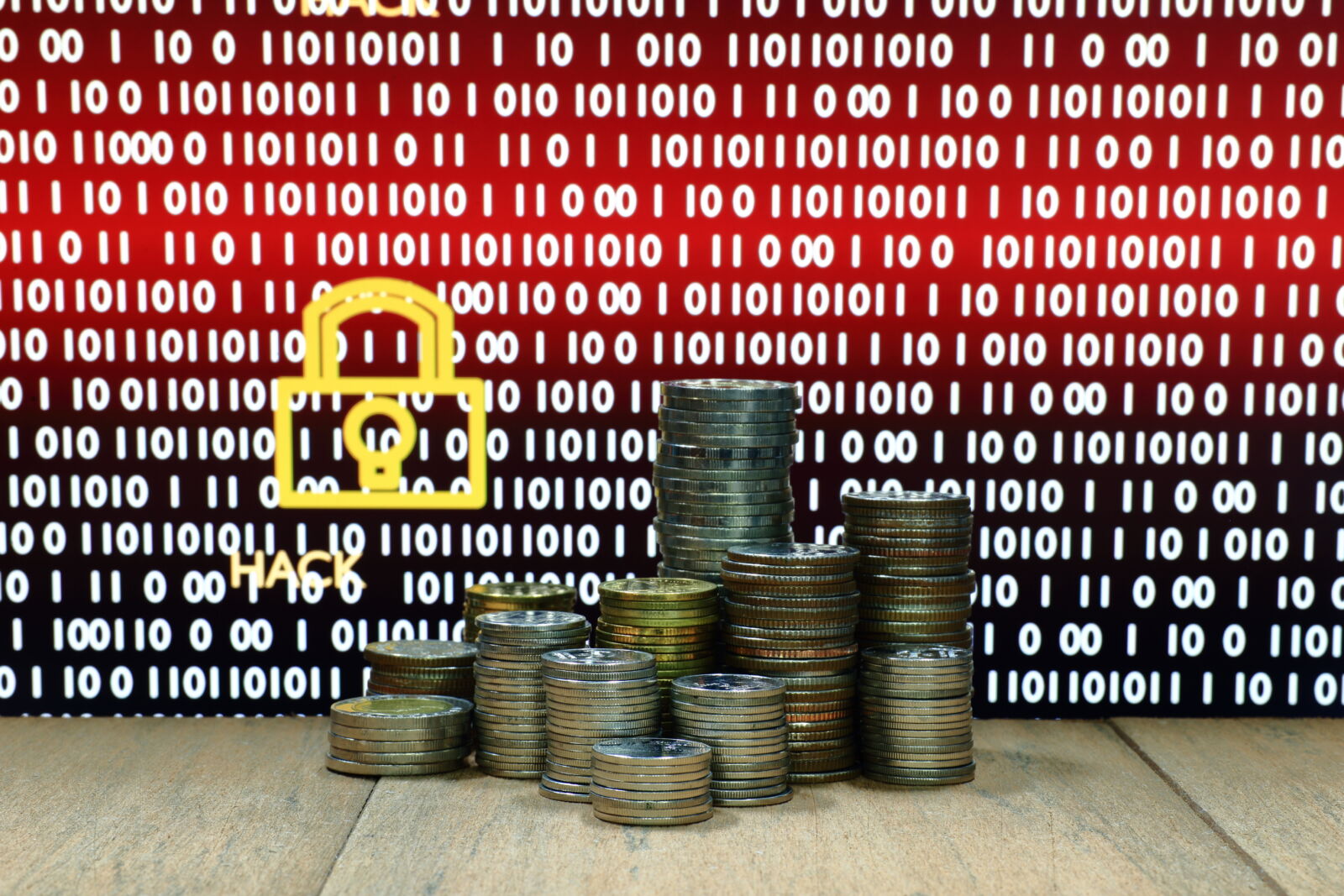 Indirect costs often have a much greater impact—especially for smaller firms.
Indirect costs often have a much greater impact—especially for smaller firms.
By Donny Shimamoto
Cybersecurity for Accountants
Generally, when there is unauthorized access to Personally Identifiable Information (PII), a data breach is considered to have happened. Originally PII was only defined as:
MORE: How Hacker-Proof Is Your Firm? | Unleashing the Power of Technology: Transforming Accountants into Trusted Advisors | Future Firm Growth Requires a Mindshift | AI, OCR, NLP & CPAs: Oh My! | Accounting Nerds, Unlock Your Super Powers | Early Adopters Gain an Edge in Audit | Dustin Wheeler: For Serious CAS Success, Hire Tech Teams | CSR for CPAs: The Missing Ingredient | Donny Shimamoto Explains How ‘Agile’ Applies to CPA Firms | Staff Retention for Remote Workers | Why the Future is in Risk Advisory | Ready for Non-CPA “CPA” Firms?
Exclusively for PRO Members. Log in here or upgrade to PRO today.
- A first name or initial and last name, along with:
- Social Security Number (SSN)
- Driver’s license number
- Credit or debit card number
- Financial account number with access code (e.g., a bank account number and pin)
- Personal Health Information (also known as PHI)
However, due to the increasing sensitivity of the public to privacy concerns and resulting legislative actions, the following is also often considered to be part of PII: [i]
TO READ THE FULL ARTICLE
